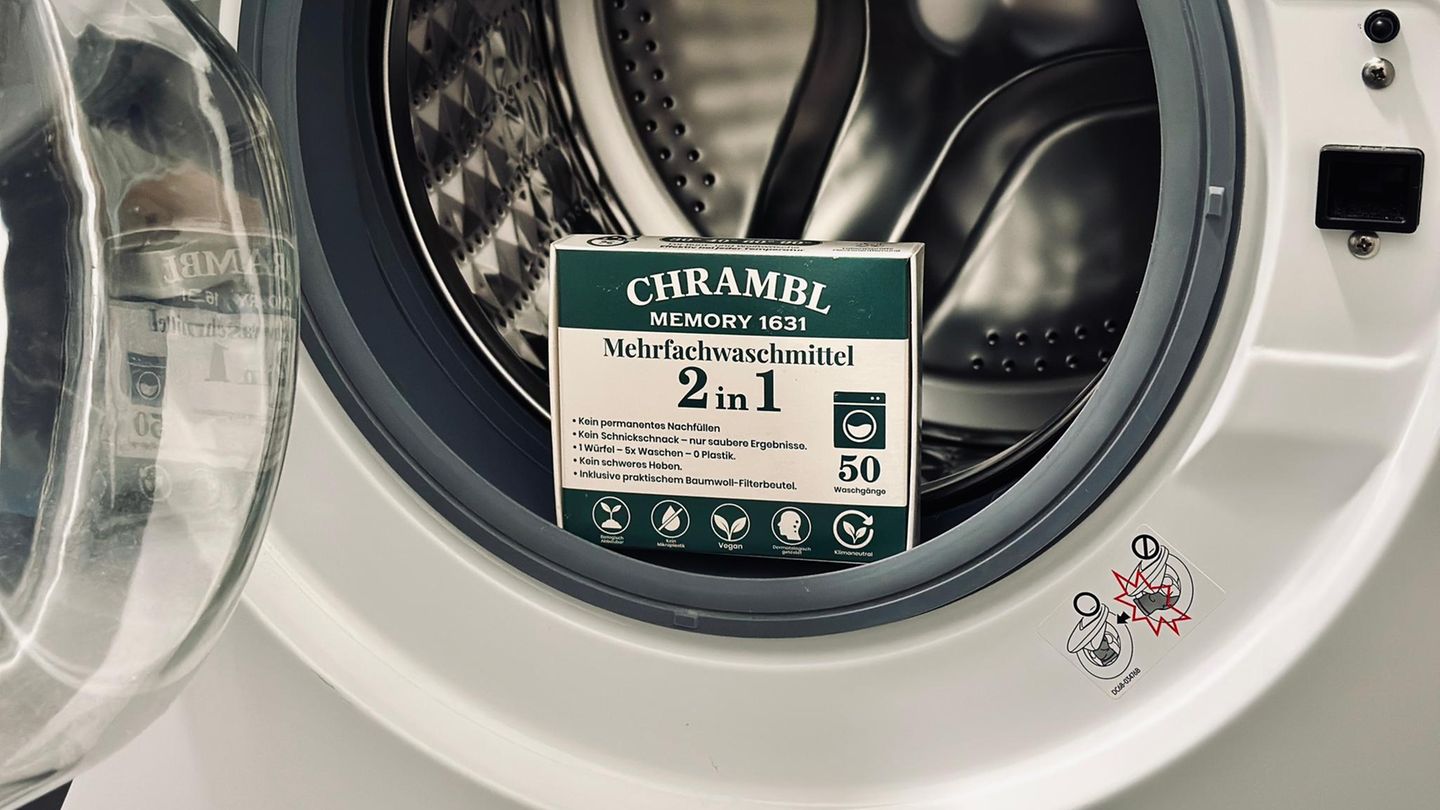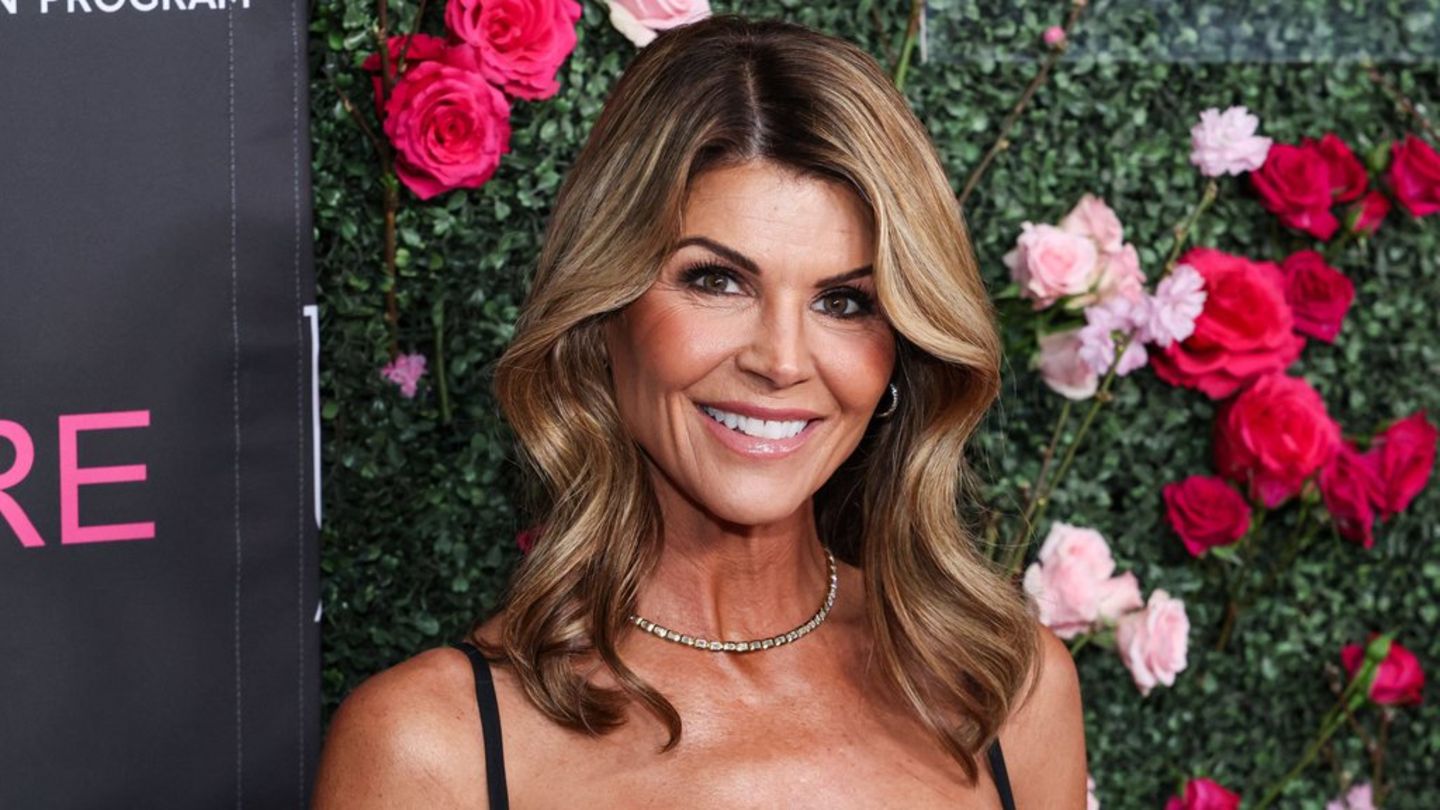One word determines the proceedings before Germany’s highest civil court: “climate neutral”. Was the confectionery manufacturer Katjes allowed to advertise with the term? A decision is still pending.
The Federal Court of Justice (BGH) has addressed the question of whether and when a company can advertise climate neutrality. The Frankfurt competition center had filed a lawsuit against the licorice and fruit gum manufacturer Katjes because the company had advertised in a food trade magazine that all of its products were produced in a climate-neutral manner.
The manufacturing process itself is not emission-free, but the company supports climate protection projects to compensate. The plaintiff believes that the advertising is therefore misleading. Important information – such as how climate neutrality is achieved – was withheld from consumers.
After the hearing at the highest German civil court, the competition center sees its position in the legal dispute strengthened. Managing director Reiner Münker explained in Karlsruhe that, based on the Senate’s preliminary assessment, he assumed that it wanted to stick to the current strict requirements for environmental and climate statements in advertising. He leaves the negotiation with a good feeling. At the beginning of the hearing, the presiding judge emphasized that stricter rules apply to environmental advertising. It is still unclear when a verdict will be announced in the proceedings.
Sufficiently informed about climate neutrality?
The Competition Center was unsuccessful in its action for an injunction in the lower courts. The Düsseldorf Higher Regional Court argued that consumers understand the term “climate neutral” to mean a balanced CO₂ balance. They knew that neutrality could also be achieved through compensation measures. According to the court, it is crucial that Katjes provided sufficient information online about how the climate neutrality of the products is achieved. Readers of the trade magazine were able to access more information about this on a website using a QR code.
That’s not enough for the competition headquarters. Information about how climate neutrality is achieved should have appeared in the advertising itself, says Münker – best divided according to what emissions the company itself saves and what is offset. It must be possible to distinguish between companies that achieve an actual reduction in their emissions through high investments and technical developments and those that do not change anything in their own operations but pay money to climate projects.
Before the first civil senate of the BGH, the question was also whether the advertising was aimed at a specialist audience or average consumers, and whether specialist circles could be expected to have a higher level of knowledge on the subject of climate neutrality. The lawyer on Katjes’ side also argued that the term “climate neutral” has concrete content, in contrast to other advertising statements about the sustainability of a product. The term is understood as a balanced CO₂ balance – which can be achieved through avoidance, but also through compensation.
Stricter requirements for advertising with sustainability
There was a similar legal dispute last year at the Karlsruhe Regional Court over the designation of products from the drugstore chain dm as “climate-neutral” and “environmentally neutral” (case no. 13 O 46/22 KfH). In contrast to Katjes, the court decided here, following a lawsuit from Deutsche Umwelthilfe, that dm is no longer allowed to advertise its own brands with the two terms. Consumers should be able to see information on the packaging about the measures that the manufacturer takes to compensate for CO₂ emissions during production, for example.
Stricter requirements for companies that advertise their sustainability are in the works at EU level. In January, the EU Parliament gave the green light to ban vague statements about the environmental impact of products if there is no evidence of this. This is intended to limit “greenwashing” – the practice of making companies or products appear more environmentally friendly than they actually are. A green claims guideline is also currently being worked on.
Source: Stern




